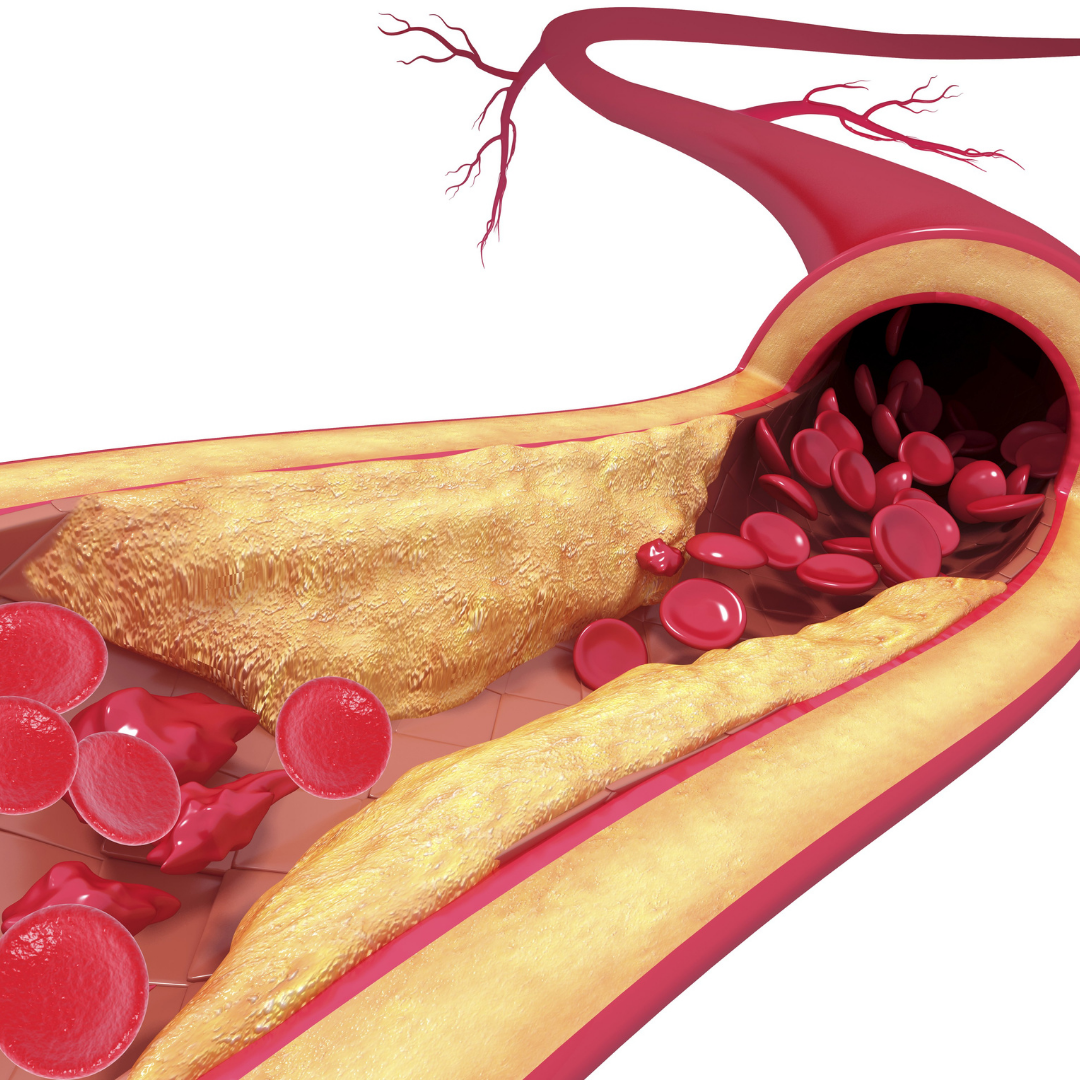Nearly 10 million Americans suffer from the circulatory condition Peripheral Artery Disease, or PAD.
PAD occurs when plaque builds up in the arteries and limits blood flow to the lower extremities. This limited blood flow causes poor circulation, which if left un-treated, can severely damage foot and leg tissue, sometimes resulting in non-healing ulcers. When these ulcers are not treated properly, they could become infected, and in extreme cases, pose a threat for foot or leg amputation.
Risk factors for developing PAD include:
- Diabetes
- Obesity
- High blood pressure or high cholesterol
- Kidney disease
- Smoking
- Family history of PAD or other circulatory issue
At CTVS, our team of board-certified vascular surgeons and PAD specialists help diagnose and manage treatment options for patients with PAD, including those with non-healing foot and leg wounds.
Here are a few common FAQs about PAD to help you better understand this serious condition:
What are some symptoms of PAD?
- Chronic aches, pains, or cramps in your legs, thighs or hips
- Skin on the legs or feet that is cold to the touch
- Slow healing foot or leg sores or chronic foot infections
- Hair loss on the legs or slow nail grow on the toes
How is PAD diagnosed?
Your physician can diagnose PAD through a complete medical exam, a review of your medical history, and an ABI (Ankle-Brachial Index) to gauge blood pressure in the extremities.
Is PAD more prominent in men or women or those of a certain race or ethnicity?
Men and women are both equally susceptible to PAD, and research shows that African Americans tend to be more at risk for developing this condition.
How much effect does smoking have on PAD?
If you are a smoker, the chances of developing PAD are two to four times more likely than for a non-smoker. Smoking (tobacco) cessation is something that our PAD specialists encourage and can help work on with you.
Is PAD preventable?
Careful management of your conditions like diabetes and hypertension, taking medications as directed, and eating well and exercising regularly can go a long way in helping to prevent PAD.
When should you see a doctor for PAD?
You should see a doctor right away if you are experiencing any of the following:
- Difficulty or pain with walking
- Skin on the legs or feet that is cold to the touch
- Foot or leg sores that are infected or slow to heal
How do you treat PAD?
Adopting healthy lifestyle habits, such as eating right and exercising, may help improve PAD symptoms. Even adding a simple activity like regular walking to your daily routine can have significant positive effects on your circulation and PAD.
Additionally, our vascular surgeons may prescribe medications or recommend minimally invasive surgical procedures to help improve or restore blood flow to the legs and feet. Achieving healthy circulation in the extremities is crucial in order to avoid the risk of limb loss and amputation.
At CTVS, we have an extensive amputation prevention program to help ensure that this measure is only necessary as a final and life-saving resort.
For questions about any of our vascular, cardiac, or thoracic services, please visit ctvstexas.com or call us at (512) 459-8753 to schedule an appointment.
Don’t forget to follow us on Facebook and Instagram and check our blog for regular updates.

